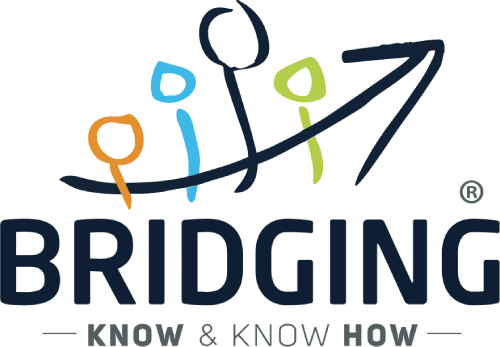
Navigating Change Successfully: Unveiling the Power of ADKAR as a Change Management Model
Change is inevitable, and in the dynamic landscape of today’s business world, organizations must embrace change to stay relevant and competitive. As a Change Management Consultant, I have witnessed firsthand the transformative impact of the Prosci methodology, with the ADKAR model at its core. In this blog, we will explore the ADKAR model in depth and understand how it serves as a powerful framework for managing change effectively.
What is the ADKAR Change Management Model?
The Prosci ADKAR Model for individual change provides a framework for understanding the different elements involved in a change initiative and how they relate to one another. The ADKAR Model is a powerful tool designed to help an individual person navigate through changes of all kinds, whether personal or professional.
ADKAR is an acronym for the model’s five elements: Awareness, Desire, Knowledge, Ability and Reinforcement. These elements represent the sequential transition every person goes through to successfully adopt and use a change:
The Five Pillars of ADKAR
- Awareness:
At the onset of any change initiative, creating awareness is paramount. This involves communicating the need for change, highlighting the reasons behind it, and ensuring that everyone impacted understands the impending transformation.
2 Desire:
For change to take root, individuals must not only be aware but also possess the desire to embrace it. This stage involves creating a compelling case for change, addressing concerns, and illustrating the benefits that the transformation will bring to both the individual and the organization.
3 Knowledge:
Arming individuals with the necessary knowledge is the next step. This includes providing the tools, training, and information required for individuals to navigate the change successfully. Knowledge empowers individuals to make informed decisions and contributes to a smoother transition.
4 Ability:
Knowledge alone is insufficient; individuals must have the ability to implement the change in their daily work. This stage involves providing the necessary resources, support, and environment for individuals to apply their newfound knowledge effectively.
5 Reinforcement:
Sustainable change requires ongoing reinforcement. This stage involves celebrating successes, reinforcing the positive aspects of the change, and addressing any remaining challenges. Continuous feedback and support are crucial to embedding the change into the organizational culture.
Integrating ADKAR with Prosci Methodology
Prosci Methodology Overview:
Prosci’s holistic approach to change management involves a three-phase process – preparing for change, managing change, and reinforcing change. The ADKAR model seamlessly aligns with these phases, providing a detailed roadmap for managing the people side of change.
Conclusion
In conclusion, the ADKAR model serves as a cornerstone in the Prosci methodology, offering a structured and effective approach to managing change. By understanding and implementing each element – Awareness, Desire, Knowledge, Ability, and Reinforcement – organizations can navigate the complexities of change, ensuring not only successful implementation but also sustain adoption and long-term success. Embrace the power of ADKAR and lead your organization through change with confidence.





